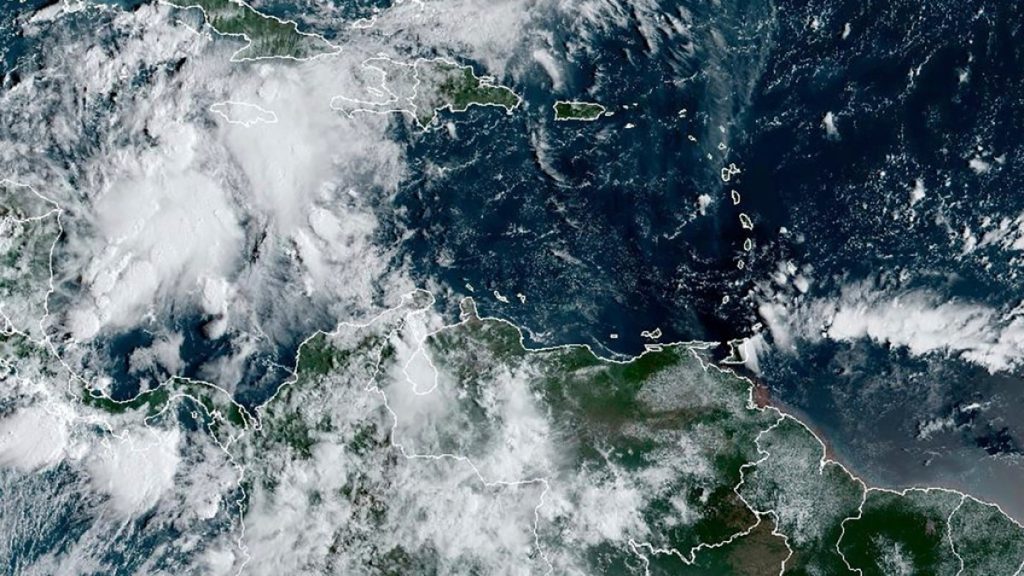A storm system in the Caribbean is expected to strengthen into Hurricane Helene by the middle of the week, prompting hurricane watches in parts of Cuba and Mexico as it moves towards the southern coast of the United States. The National Hurricane Center predicts that Helene could become a major hurricane with sustained winds of 115 mph when it reaches the northeastern Gulf Coast on Thursday. The warm waters of the Gulf of Mexico are expected to help the storm strengthen significantly, with the potential for maximum sustained winds of 185 km/h as it approaches Florida’s Gulf Coast.
The storm system, currently located south-southwest of Grand Cayman, is moving north at 7 mph with maximum sustained winds of 35 mph. A hurricane watch is in effect for the province of Pinar del Rio in eastern Cuba and part of the Yucatan Peninsula in Mexico. Heavy rainfall is expected in western Cuba, the Cayman Islands, eastern Mexico, and the southeastern US starting on Wednesday, leading to flash and river flooding. Storm surge of up to 4 feet is also forecast for parts of Cuba and Mexico. Helene would be the eighth named storm of the current Atlantic hurricane season and the fourth to make landfall in the US, following Hurricane Francine’s impact on the Gulf Coast of Louisiana as a Category 2 storm just weeks ago.
The 2024 hurricane season is predicted to be above average by the US National Oceanic and Atmospheric Administration, with 17 to 25 named storms and four to seven major hurricanes of Category 3 or higher expected. However, the season has been slow to start, leaving forecasters puzzled as to what factors may have hindered the formation of major storms crossing the Atlantic Ocean’s hurricane corridor. The insurance crisis for homeowners in some US states, due to rising fees and reluctance from private insurers to provide coverage in coastal areas, adds to the economic and social impact of the hurricane season, especially with multiple storms making landfall in the continental US this year.
Weather predictions show that Helene has the potential to become a major hurricane by the time it reaches the Gulf Coast, making it important for residents in the affected areas to stay informed and prepared for the storm. The possibility of significant strengthening as the storm passes over warm ocean waters raises concerns about potential damage and flooding in coastal regions. As the hurricane season continues, it is crucial to monitor updates from the National Hurricane Center and local authorities to ensure the safety of communities in the path of the storm. The impact of climate change on hurricane intensity and frequency further highlights the need for robust disaster preparedness and mitigation strategies to protect vulnerable populations from the growing threats of extreme weather events.


